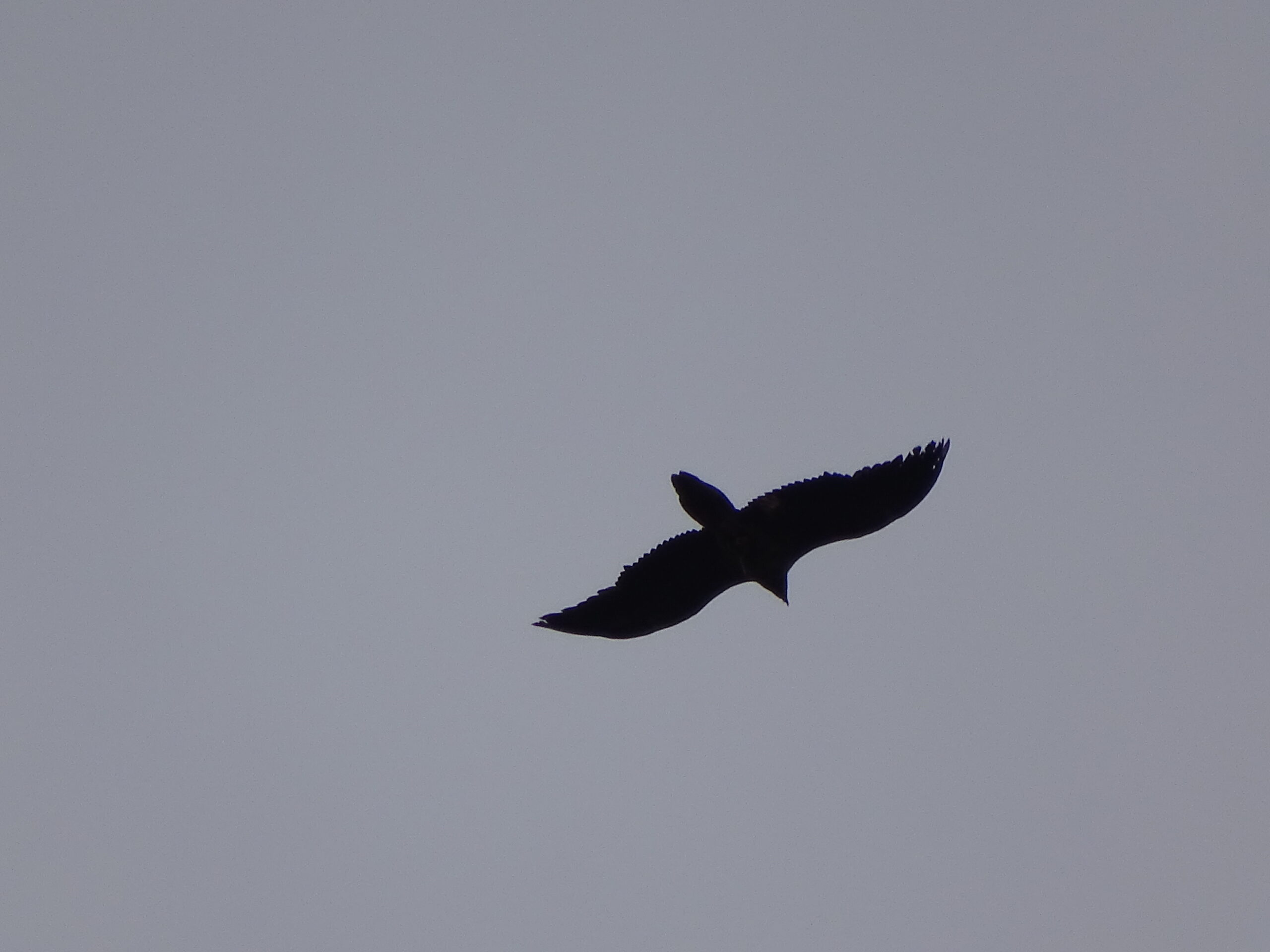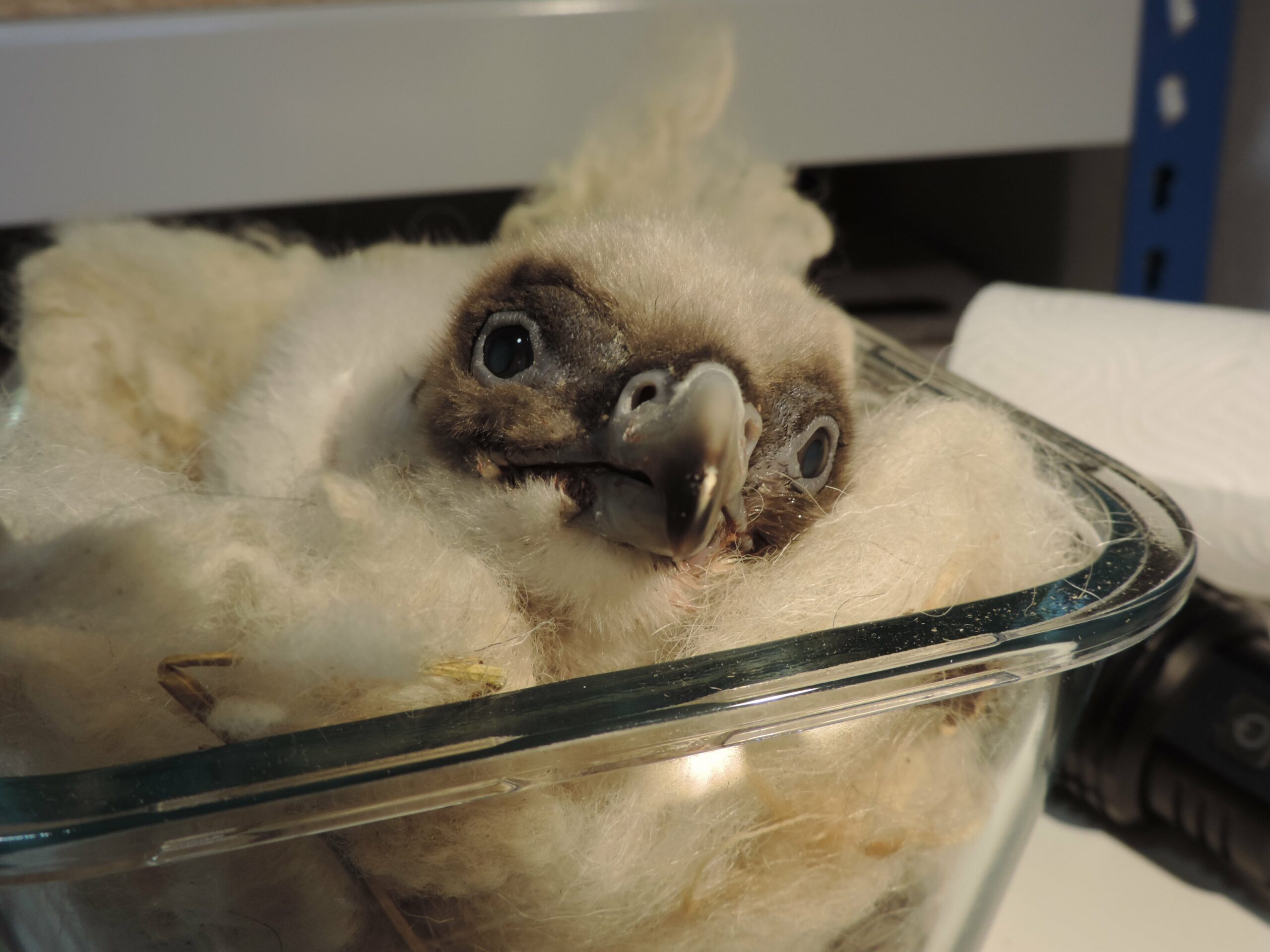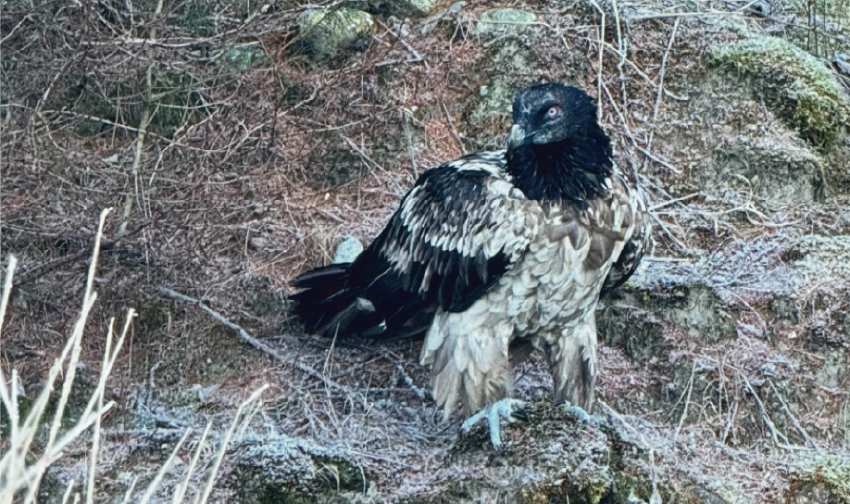A new paper published recently (see below) suggests that the removal of eggs, chicks or fledglings will have a detrimental effect on the population trend of the bearded vulture in the Pyrenees over the next 30 years, in most modelled scenarios.
The removal of eggs or chicks from wild populations to create captive populations, reinforce free-ranging populations or reintroduce species into the wild is a restoration tool that is often used, including with bearded vultures in the Pyrenees (eggs collected for reintroduction in Picos de Europa). However, it is necessary to assess objectively potential detrimental effects upon the donor population.
Margalida et al. modelled the population under different demographic and management scenarios (removal of eggs, chicks or fledglings) and obtained a population decline in 77% of all 57 scenarios analysed. The study also shows that the effects of extractions will not be detectable until more than nine years after the initiation of such interventions.
Based on this, the authors question if extractions for future reintroductions should be envisioned. In particular egg extraction bears a great risk of failure due to the low hatching success observed today in the wild (25–45%). Alternative, less risky management options would be the collection of only the second, freshly-born chick from double clutches (given that in this species siblicide is the rule) and the release from captive stock – the method used by the VCF in our reintroduction projects.
The bearded vulture population in the Pyrenees has most likely reached saturation, as inferred from productivity trend (significantly down), changes in mating system (recent increase in the proportion of trios), as well as in the distance between neighbouring nests that declined by > 20% between 1992 and 2002.
Adult mortality – the demographic variable with most impact on population growth in this species – has been steadily increasing over the recent years in the Pyrenean population, and demographic forecasts, including the present study, predict a negative
trend and its near-extinction over the next 50 years if non-natural mortality (i.e. illegal poisoning) continues unabated.
The age at first breeding has also been increasing in the Pyrenean population, passing from 8 years during the period 1987–2006 to 10 years presently – most likely the outcome of density-dependent regulation.
The VCF defends that in order to reverse this tends, it will be necessary to stop artificial feeding in the core population area, while targeted supplementary feeding at the limits of the current Pyrenean distribution range should be promoted to boost dispersal and future settlement into neighbouring mountain ranges – this is indeed the objectives of the LIGE GYPCONNECT we are now starting – see here.
You can download the paper below.
![]() Margalida – Scientific reports 2015 – Impact of egg-chick removal on bearded vulture population in Pyrenees Margalida_ScientificReports2015.pdf Adobe Acrobat Document 910.8 KB Download
Margalida – Scientific reports 2015 – Impact of egg-chick removal on bearded vulture population in Pyrenees Margalida_ScientificReports2015.pdf Adobe Acrobat Document 910.8 KB Download



